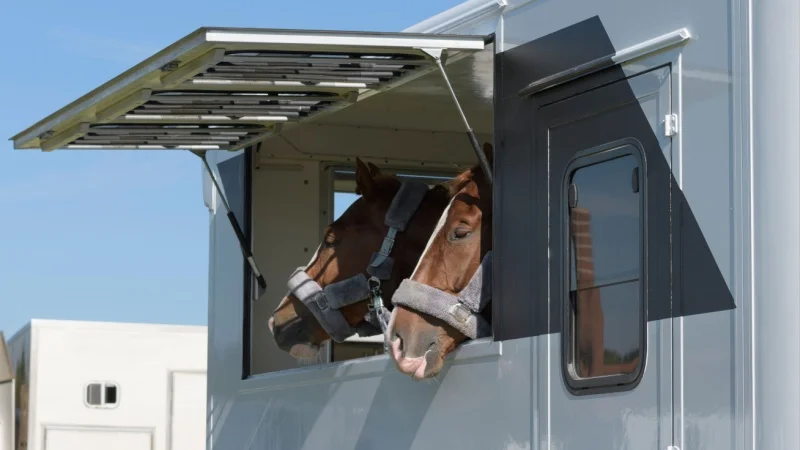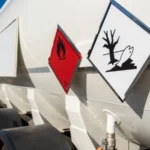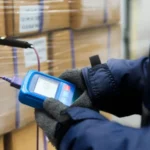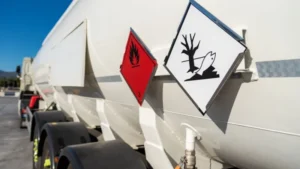In the realm of horse transport, every journey is a unique adventure, demanding a delicate balance between logistics and care. Picture a sleek, well-appointed horsebox gliding along a scenic route, designed not just to transport but to cater to the specific needs of its elegant cargo. Each journey is a testament to the dedication of those who understand that a horse is not merely cargo but a cherished companion deserving of the utmost respect and comfort.
Efficient Horse Transport: Protect Your Horse Every Mile
Horse Transport is a complex and highly specialized process that demands careful planning, expert handling, and a deep understanding of equine needs. Horses are sensitive creatures, and their transportation involves not just moving them from one location to another but ensuring their safety, comfort, and well-being throughout the journey. Before transportation, a thorough health check is essential to ensure the horse is fit for travel. Any pre-existing conditions or potential health issues should be addressed by a veterinarian. Explore the aspects of horse transport, including the importance of safety, logistics, and best practices for successful transport.
Learn About the Components Required for a Seamless Horse Transport
Monitoring systems, such as internal cameras and communication tools help track the horse’s well-being and coordinate logistics. Regular maintenance of the vehicle and cleanliness of the transport environment is crucial for preventing health issues and ensuring a smooth journey. Let us look at the important components involved in the transport of horses.
- Vehicle and Equipment: Horse transport requires a specialized and specially- designed vehicle and equipment to ensure their safety, comfort, and well-being throughout the journey. The ideal transport vehicle combines advanced design features, such as non-slip flooring, adjustable partitions, and climate control systems, with essential equipment like durable loading ramps, secure gates, and cushioned bedding for delivering a seamless experience.
- Documentation: Proper documentation and health considerations are critical for successful live animal cargo shipping, ensuring legal compliance and animal welfare. It is essential to secure all required paperwork, including health certificates, proof of vaccinations, and any necessary import or export permits if crossing borders. These documents facilitate smooth customs clearance and provide evidence of the horse’s fitness for travel.
- Cost & Payment: Transport fees can vary widely based on factors, such as the distance traveled, the type of vehicle used, and the level of service required. Additional expenses may include loading and unloading services, insurance, and necessary permits or documentation. Payment arrangements should be clearly outlined in advance, and it is essential to understand all potential costs to ensure transparency and avoid unexpected expenses for a smooth process.
- Rules and Regulations: Rules and regulations vary by country and region but generally include requirements for health certificates, proof of vaccinations, and adherence to specific transport conditions to prevent disease spread and ensure welfare during equine transport. When crossing international borders, additional documentation, such as import/export permits and adherence to quarantine protocols may be necessary including those governing vehicle maintenance.
- Safety Concerns: Ensuring the safety and well-being of horses during transport involves meticulous attention to various factors designed to minimize stress and prevent injury. Proper loading and unloading procedures, including the regular monitoring of the horse’s condition during the journey, along with emergency preparedness, including first aid supplies and a communication plan, further enhances safety and you can look forward to a stress-free experience.
Choose the Best Equipment for Equine Transport
Selecting the best equipment for equine transport is a pivotal step in ensuring a safe, comfortable, and efficient journey for horses. The right equipment safeguards the horse’s well-being and streamlines the entire transport process. Rely on an agency that provides pet transport services, ensuring safety and comfort for your equine.
- Poll Guards: During transport, especially in trailers or horseboxes, the horse may shift or move suddenly. Poll guards protect against injuries caused by head bumping against the vehicle’s interior or sudden movements. They help reduce stress and discomfort, contributing to a more stable and relaxed transport experience.
- Tail Guards & Tail Bandages: Tail guards and tail bandages are essential pieces of equipment designed to protect the horse’s tail during international horse transport, safeguarding against injuries and maintaining overall comfort. Tail guards provide cushioning and protection from impacts, while tail bandages offer additional support and keep the tail clean.
- Brushing Boots for Leg Protection: Brushing boots made from shock-absorbing materials like neoprene or foam are a vital component in horse moving, providing essential leg protection for horses during travel. Designed to safeguard the legs from bumps, scrapes, and other potential injuries, these boots are particularly crucial during journeys where horse movements could lead to accidental contact with hard surfaces or other obstacles.
Horse transport is a specialized work that requires attention to detail, expertise, and a deep understanding of equine needs. By following the best practices, adhering to regulations, and employing experienced professionals, horse owners can facilitate a smooth and stress-free journey for their equine companions. Rely on the ideal international moving company in Qatar, Travelite, for horse transport as it provides a safe and comfortable experience.










